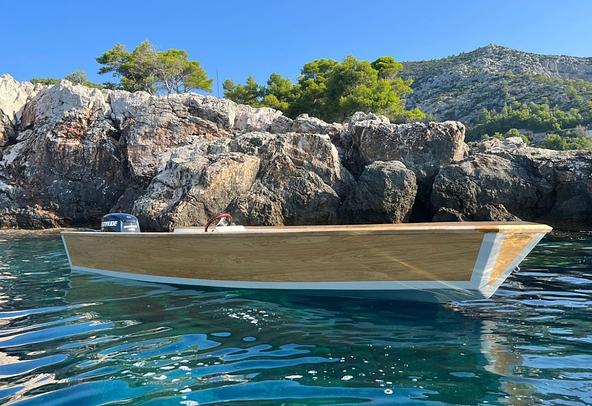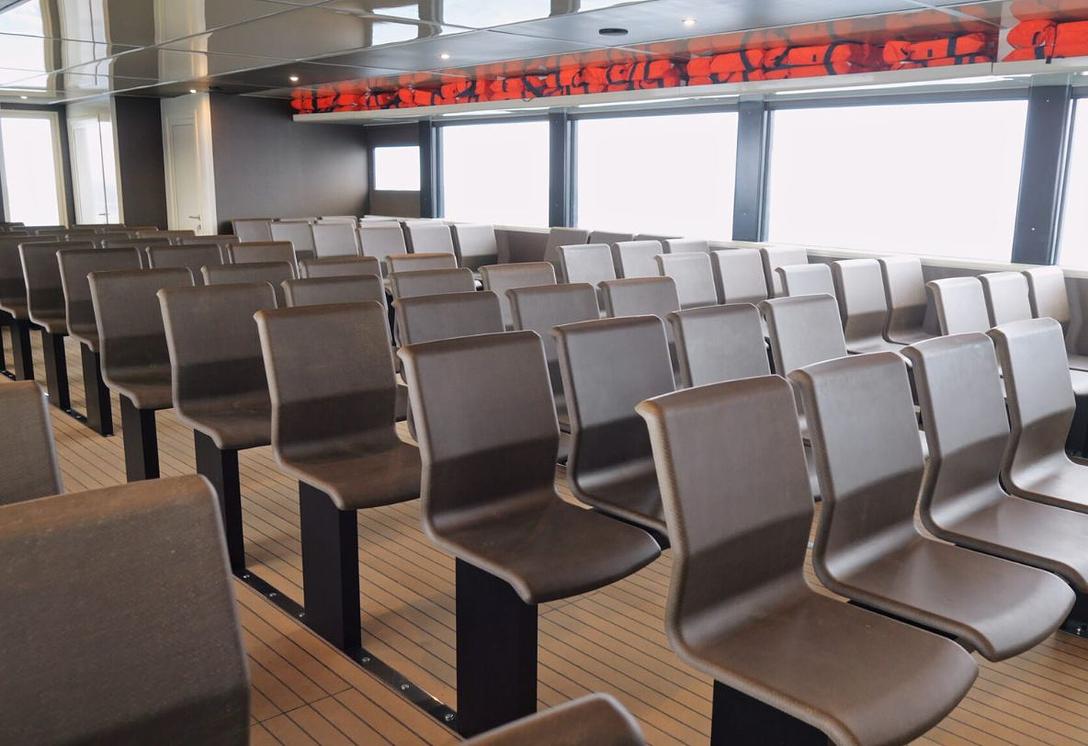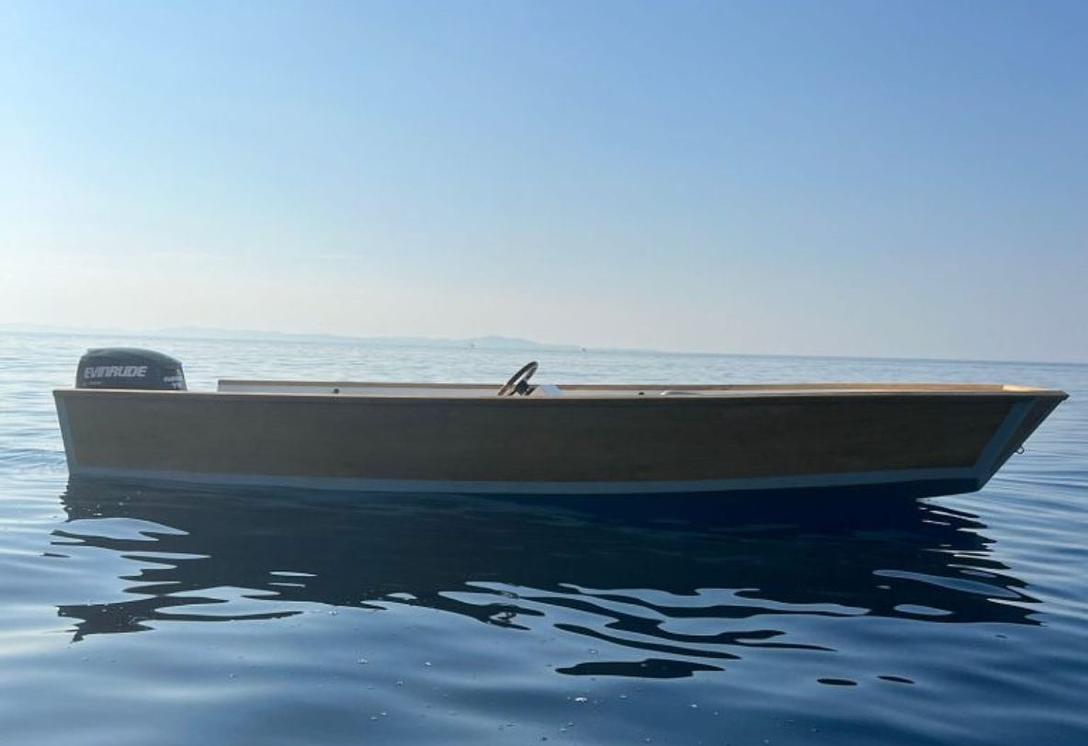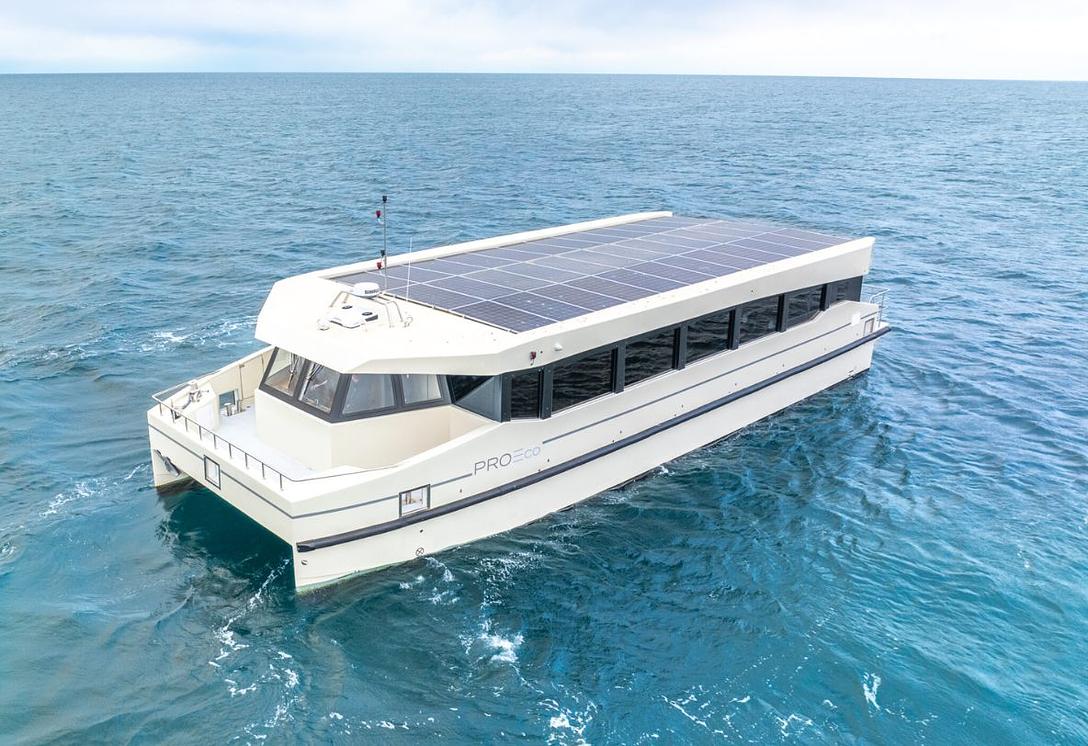Nautical industry: towards a sustainable revolution with Flax
From solar-powered catamarans to production boats, natural fibres - including, of course, linen - are making their mark in boatbuilding. Spotlight on the innovative projects of Bcomp, Greenboats, EcoTechnilin and Yamarin.



